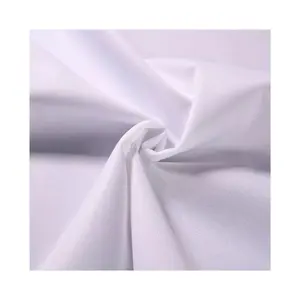













Laminated fabrics are a versatile category of textiles that have been engineered by bonding two or more layers of material together. This process enhances the fabric's functionality, making it suitable for a wide range of applications. From laminated cotton fabric used in consumer goods to polyurethane laminate waterproof fabric for outdoor gear, the diversity of laminated textiles meets various industry demands.
The realm of laminated fabrics is vast, encompassing materials like polyurethane laminate fabric and laminated non woven fabric. These materials are crafted to serve specific purposes. For instance, polyurethane laminate (PUL) fabric is widely recognized for its waterproof properties and breathability, making it ideal for medical and outdoor applications. Similarly, laminated cotton is often used in the production of eco-friendly household items such as laminated cloth tablecloths and reusable bags.
The construction of laminated fabrics involves various base materials such as cotton, polyester, and non-woven fabrics. The lamination process often incorporates a layer of polyurethane laminate material, which provides a barrier against moisture and enhances durability. Laminated jute fabric combines the natural aesthetics of jute with added strength, while laminated foam fabric offers cushioning, making it suitable for protective packaging.
Laminated textiles offer numerous benefits, including water resistance, durability, and ease of cleaning. For example, polyurethane laminate fabric by the yard is sought after for custom projects that require a waterproof finish. The use of laminated polyester extends to industries where robustness and longevity are crucial. Moreover, the option of non woven lamination provides a cost-effective solution for disposable or semi-durable products.
In response to environmental concerns, the textile industry has seen a rise in demand for sustainable options such as HDPE woven fabric, which is recyclable. The development of polyurethane laminate PUL fabric also reflects a shift towards materials that balance performance with reduced environmental impact. These advancements allow for the creation of products that support sustainability without compromising on quality or functionality.
Selecting the appropriate laminated fabric requires consideration of its intended use, desired features, and environmental impact. Alibaba.com hosts a comprehensive selection of laminated textiles to cater to diverse industry needs. Whether it's for creating durable outdoor apparel or crafting custom table settings with laminated fabric tablecloths, the platform connects buyers with a multitude of suppliers offering materials that align with their specific requirements.